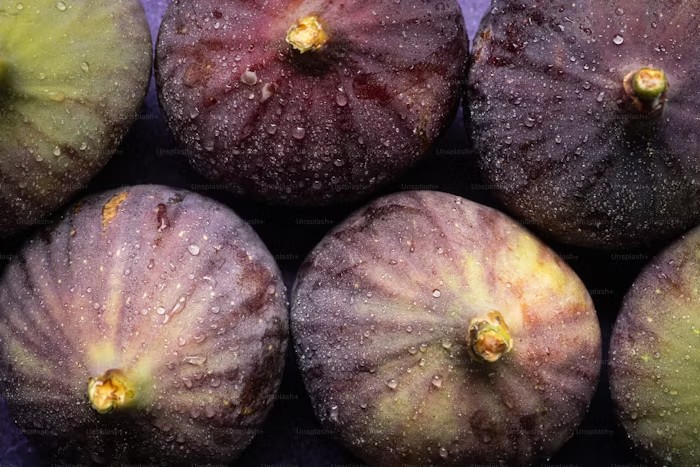In recent years, the world of plant genetics and agriculture has been revolutionized by numerous breakthroughs. Among the many discoveries that stand out, the “I Aracasai Strain” is quickly becoming a point of interest for both researchers and agricultural experts. This strain, though not as widely recognized as others, holds significant promise due to its unique characteristics and potential applications in sustainable agriculture and biotechnology.
Origins and Discovery
The name “I Aracasai” has roots in the Aracasai region, an area known for its biodiversity and rich agricultural history. The strain was first identified during a survey of wild plant species in this region. Researchers initially noticed the resilience and vigor of certain plants, particularly those growing in challenging environmental conditions, such as poor soil quality and irregular rainfall patterns. These plants exhibited an unusual ability to not only survive but thrive, leading to further investigation into their genetic makeup.
After extensive research, scientists were able to isolate the specific genetic components that gave these plants their resilience. This marked the beginning of the “I Aracasai Strain,” a term used to describe a collection of plants that share a distinct set of genetic markers associated with their robust nature.
Key Characteristics of the I Aracasai Strain
- Drought Resistance
One of the most striking features of the I Aracasai strain is its ability to withstand prolonged periods of drought. In a time where climate change is wreaking havoc on traditional farming methods, a strain like this could prove to be invaluable. The plants’ roots are deeper and more efficient in extracting moisture from the soil, allowing them to maintain growth even in arid conditions. - Nutrient Efficiency
Another defining trait of the I Aracasai strain is its ability to thrive in nutrient-deficient soils. Many modern agricultural systems rely heavily on synthetic fertilizers, which can be both expensive and harmful to the environment. However, plants from the I Aracasai strain seem to have a natural advantage in nutrient absorption, utilizing whatever resources are available more efficiently than other varieties. This makes them an ideal candidate for low-input farming systems, especially in regions where access to fertilizers is limited. - Pest and Disease Resistance
The I Aracasai strain has also shown impressive resistance to various pests and diseases. While traditional crops often require chemical pesticides for protection, this strain has built-in defenses, reducing the need for external interventions. This natural resistance could lead to a reduction in pesticide use, which would not only lower costs for farmers but also lessen the environmental impact of agriculture. - Yield Stability
Another crucial characteristic of the I Aracasai strain is its stable yield across different environments. Even in less-than-ideal growing conditions, these plants produce consistent yields, offering farmers a reliable crop regardless of external factors such as climate variability or soil degradation.
Potential Applications
The unique features of the I Aracasai strain open the door to numerous applications, particularly in the field of sustainable agriculture. As the world population continues to grow and the effects of climate change become more pronounced, the demand for resilient and high-yield crops is on the rise.
- Climate-Resilient Agriculture
Given its drought and pest resistance, the I Aracasai strain could play a crucial role in regions that are particularly vulnerable to climate change. Areas that were once considered too dry or inhospitable for agriculture could become productive again with the introduction of this strain. Its ability to grow in poor soils also makes it a potential candidate for rehabilitating degraded land, offering a sustainable solution to the problem of desertification. - Reduction in Agricultural Inputs
One of the most promising aspects of the I Aracasai strain is its potential to reduce reliance on external inputs such as fertilizers and pesticides. As global concerns about the environmental impact of conventional agriculture grow, crops that require fewer chemical interventions are becoming increasingly important. The I Aracasai strain’s natural resilience makes it an ideal candidate for organic and low-input farming systems, helping farmers cut costs while simultaneously promoting environmental sustainability. - Food Security
In many parts of the world, food security is a pressing issue. Populations in developing regions often face the dual challenges of limited access to arable land and unpredictable weather patterns. The I Aracasai strain could be a game-changer in these contexts, providing a stable and reliable source of food even in the face of challenging conditions. Its consistent yields, coupled with its ability to grow in areas with poor soils and limited water, could significantly contribute to addressing global food insecurity. - Biotechnology and Crop Breeding
The genetic makeup of the I Aracasai strain is of great interest to biotechnologists and crop breeders. The genes responsible for its resilience could potentially be transferred to other crops through traditional breeding or genetic engineering. This could result in the development of new crop varieties that combine the best traits of the I Aracasai strain with other desirable characteristics, such as improved taste or faster growth rates.
Challenges and Future Research

While the I Aracasai strain holds significant promise, there are still challenges that must be addressed before it can be widely adopted. One major hurdle is the time and effort required to fully understand the genetic basis of its resilience. Though researchers have made progress in identifying key genes, much remains to be learned about how these genes interact with environmental factors and other parts of the plant’s genome.
Another challenge is the potential for unintended consequences. As with any new agricultural innovation, there is the possibility that widespread cultivation of the I Aracasai strain could have unforeseen effects on local ecosystems or biodiversity. Ongoing research will be necessary to ensure that these risks are carefully managed.
Conclusion
The I Aracasai strain represents an exciting opportunity for the future of agriculture. Its unique combination of drought resistance, nutrient efficiency, pest resistance, and stable yields make it a valuable asset in the fight against climate change and food insecurity. While there are still challenges to overcome, the potential benefits of this strain far outweigh the risks, offering a glimpse into a more sustainable and resilient future for global agriculture. As research continues and more is learned about its genetic makeup, the I Aracasai strain could very well become a cornerstone of modern farming.





